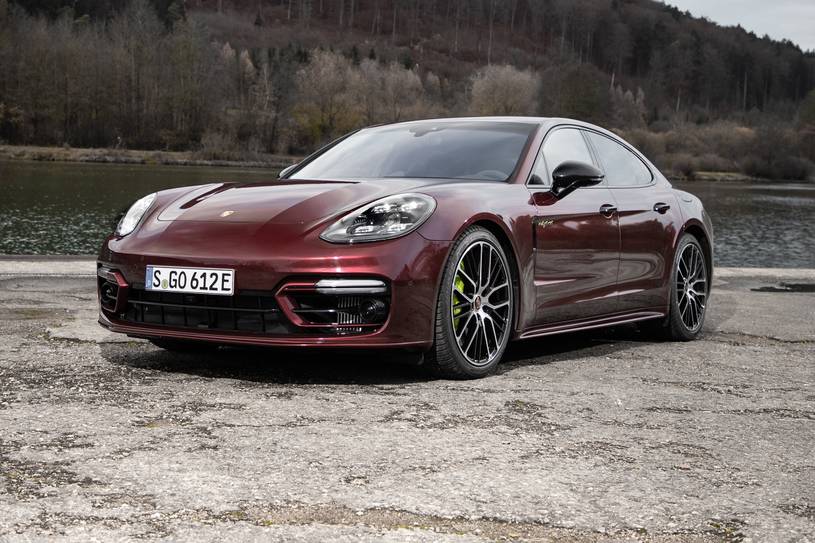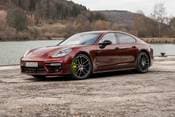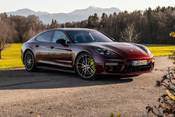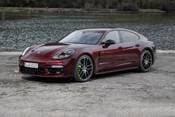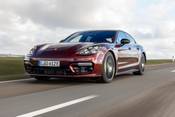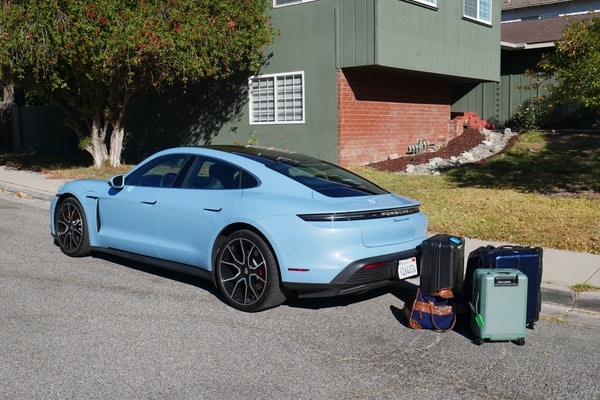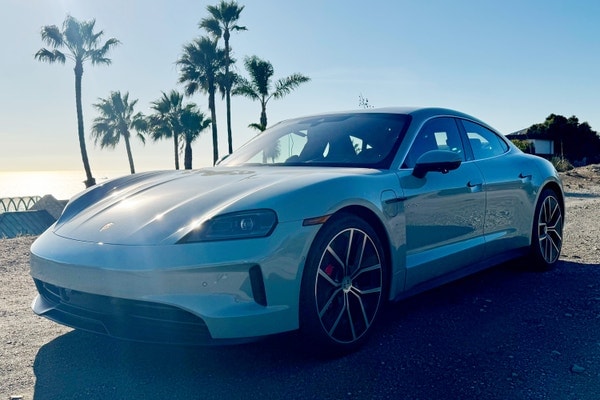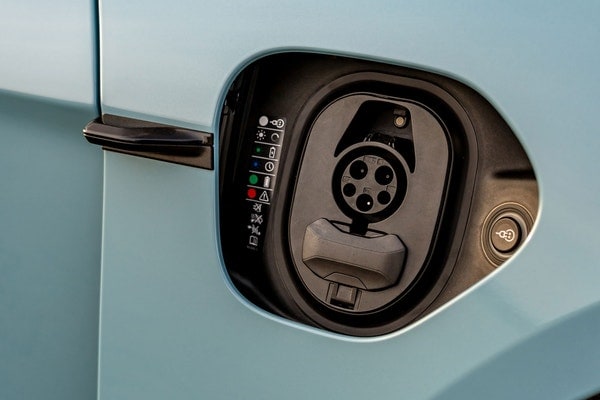First, caveat lector: We've only driven the new 4S E-Hybrid so far. And the one we did drive was quite a ... uniquely specced car. It was also a German-market model. That means not only did the navigation not work here in the U.S., but all sorts of bits from the exhaust to the engine tuning are ever so slightly different from the eventual U.S. model.
Other than being a trifle more Deutsch than the Panamera you'll eventually be able to buy, our ride's mashup of "all the features" made it an odd duck. As an Executive model, it came with 5.9 inches added to the wheelbase, making it only about 3 inches shorter than a BMW 7 Series. In current models, that added length also comes with about 150 extra pounds of mass.
On top of that, our 4S E-Hybrid has 552 total system horsepower, carbon-ceramic brakes, the Sport Chrono package and summer tires. We were given an executive car set up for track duty. Which makes no sense. Of course, that's the joy of Porsche: You can spec your car in deeply nonsensical ways if it brings you joy.
The point of lending us this particular sled was to illustrate the numerous minor improvements Porsche has made to the Panamera and E-Hybrid lineups. Basically every part of the driver's interface with the road has been breathed on, from software to hardware, suspension to drivetrain to steering, in an effort to make the car both more comfortable in Normal mode and more drivable in Sport or Sport Plus.
The battery pack is bigger for 2021 (up to 17.9 kWh from 14.1), which Porsche says provides more all-electric range plus more consistent electric boost to acceleration. The regenerative braking system has been redesigned as well. On top of performing more unobtrusively, it can now apparently generate up to 12 kilowatts of charging during aggressive driving. That's better than a Level 2 charger.
